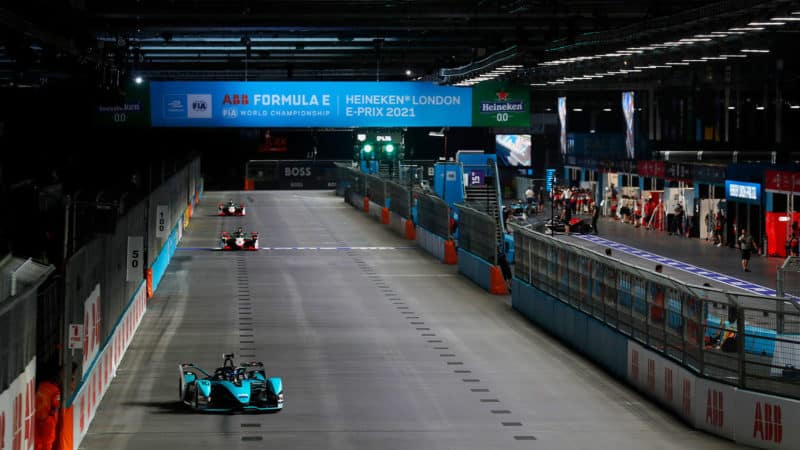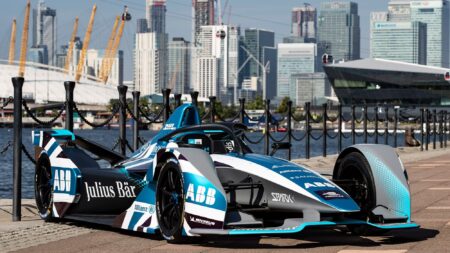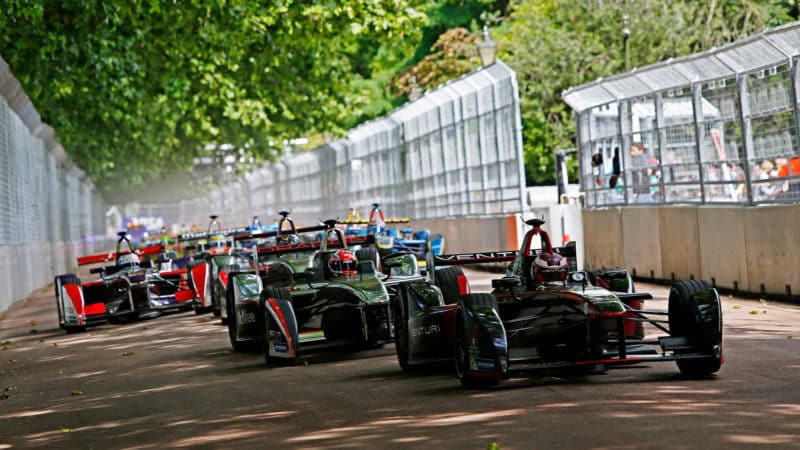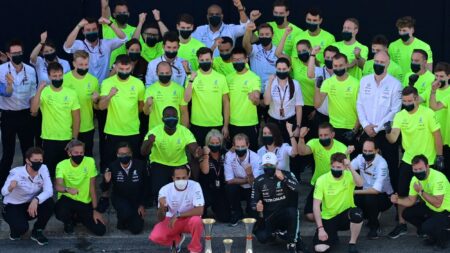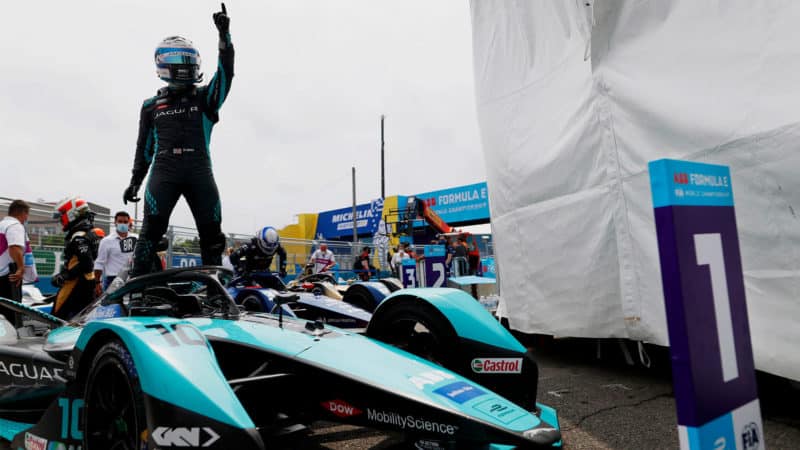“We were looking at everything from RAF Northholt to ‘Ally Pally’ to Crystal Palace.
“I even drew up one around the Lord Mayor’s parade route, down through Cheapside and along the Embankment. An amazing one we had around St James’s Park with [Buckingham] Palace in the background of the grid and going through Trafalgar Square for the podium.
“None of those really stacked up when you started to do the proper analysis side by side. You did the analysis and scored it, and ExCel kept on coming out on top.”
The reasons for this are “because of the innovative element of the racetrack, because of the ability to expand our event – not just the racetrack – but you know the options and opportunities that it gave us with the e-village really growing and doing great things with the venue – lots of hospitality sites.”
Despite these “opportunities” afforded by the venue, that didn’t mean holding a race here was straightforward. The circuit began life as a sketch by McCrudden, but it’s one thing doing things on paper…
The main problem that presented itself was the fact that floor of the ExCel, usually used as an exhibition centre, was totally unsuitable to race cars on.
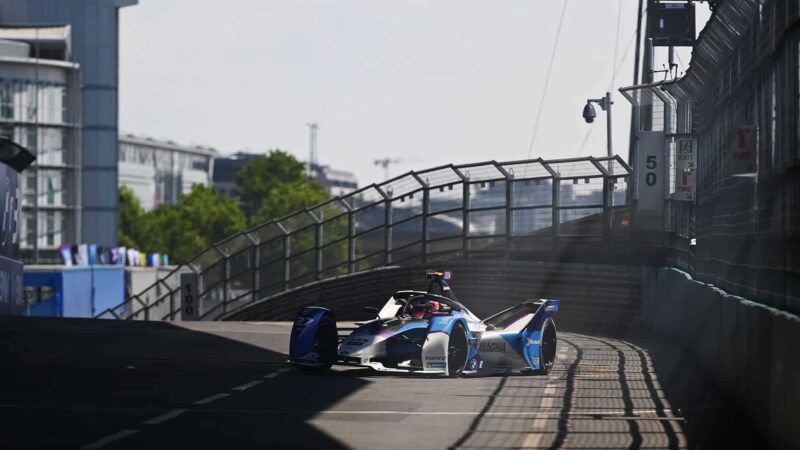
The ExCel circuit is the first-ever to go both inside and outside a building
Formula E
“The surface of the ‘Race Hall’, as we call it – hosting the paddock and the grid – it’s a polished, painted concrete slab,” says McCrudden. “It’s a bit shiny and the idea of trying to get cars going over it just didn’t quite make any sense – they would be everywhere!
“The only option to put a track down at the time that anyone really could think of was a bit similar to the Race of Champions, where they effectively put in some trackway and then skim some asphalt over the top and build up the walls around the race track, then they take it away afterwards.
